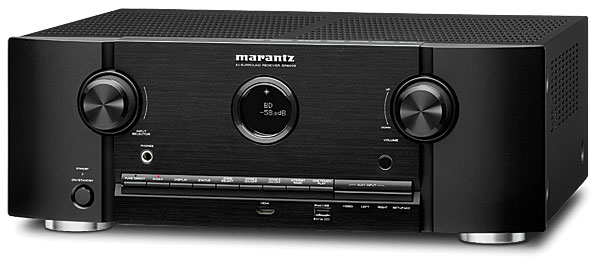I do wish that HTM would be a little more current with its reviews. The SR6006 is being replaced next month by the SR6007. BTW, the Denon 3312 they reviewed a week ago is being replaced by the 3313 this month or next.
Last year I was also looking at AVRs and read a HTM review of an Onkyo...looked interesting so I checked it out on-line...I think I had to go to Onkyo's web site archieves to find the manufactures specs on it.
Same issue with TVs...
Come on guys, use your publishing clout to get review subjects as the come out, not when they are end-of-lifed.






































































